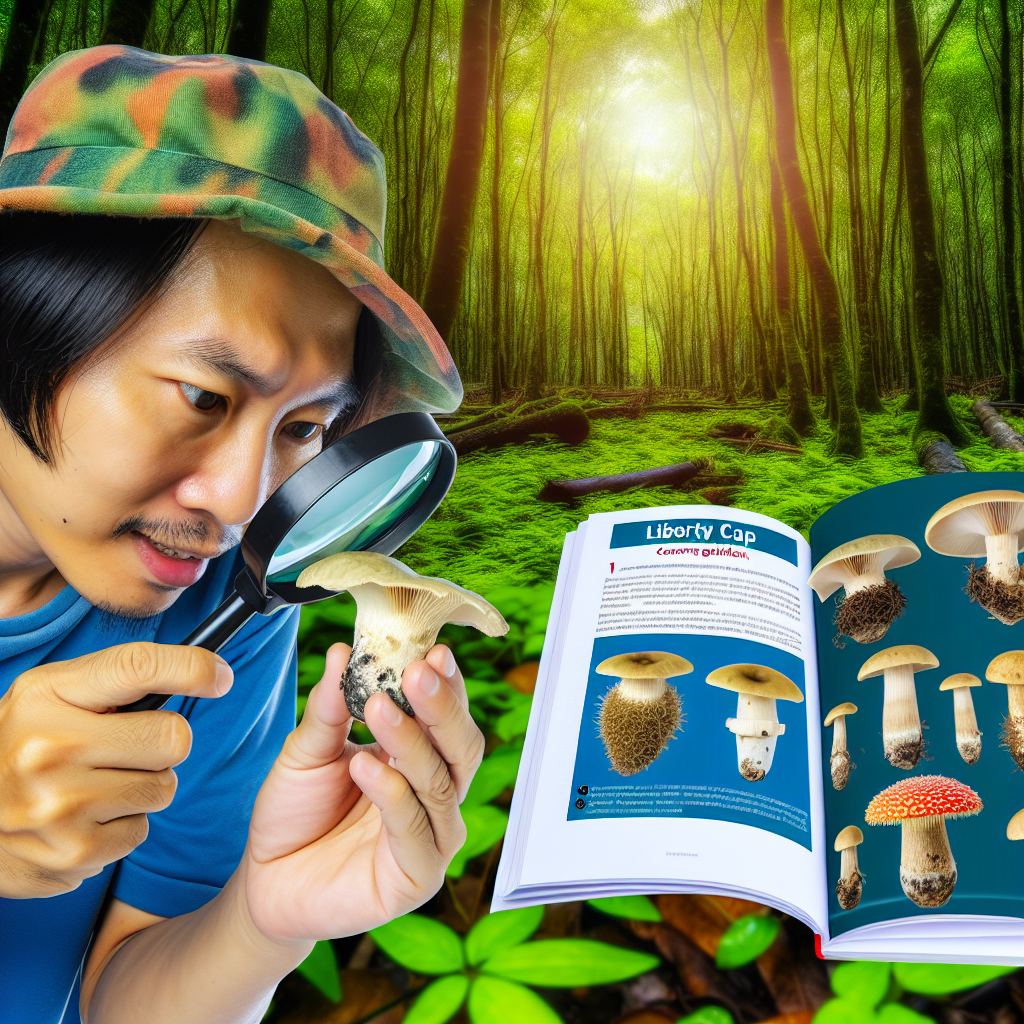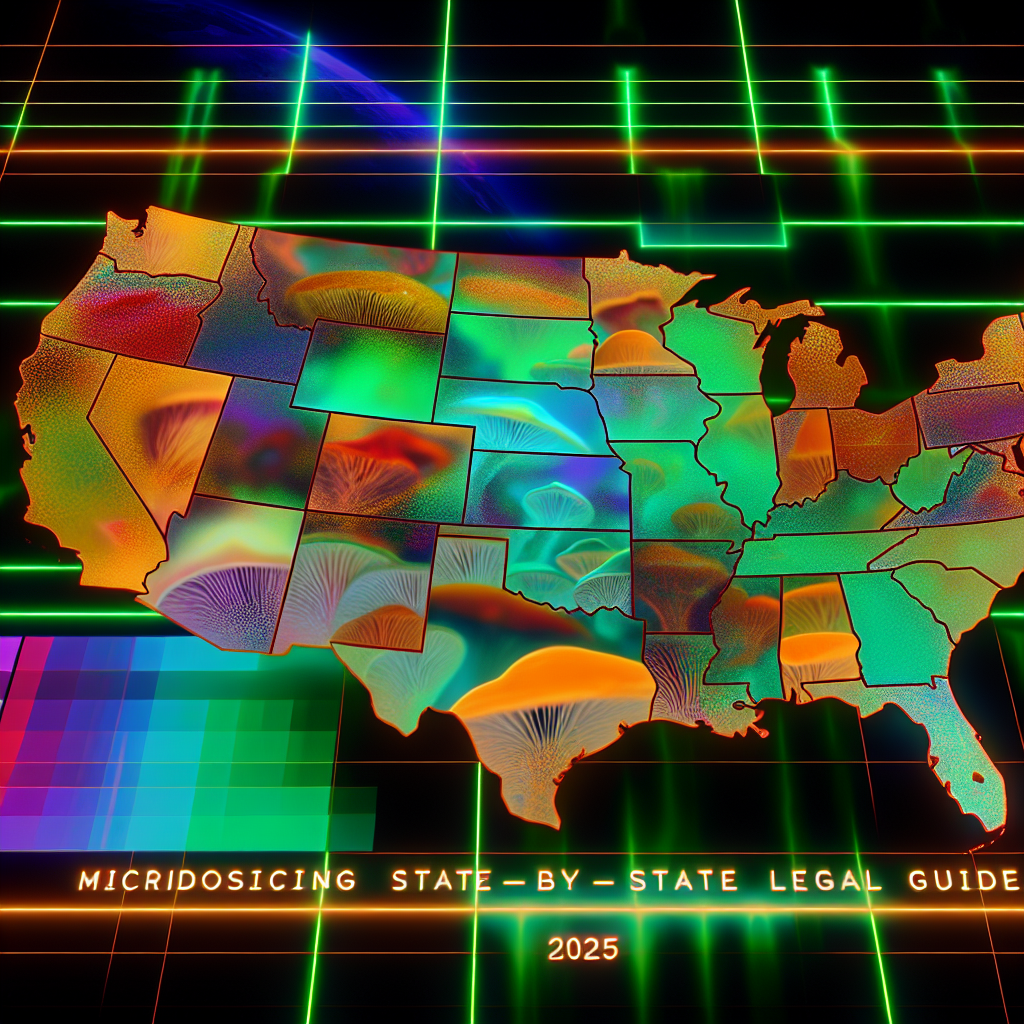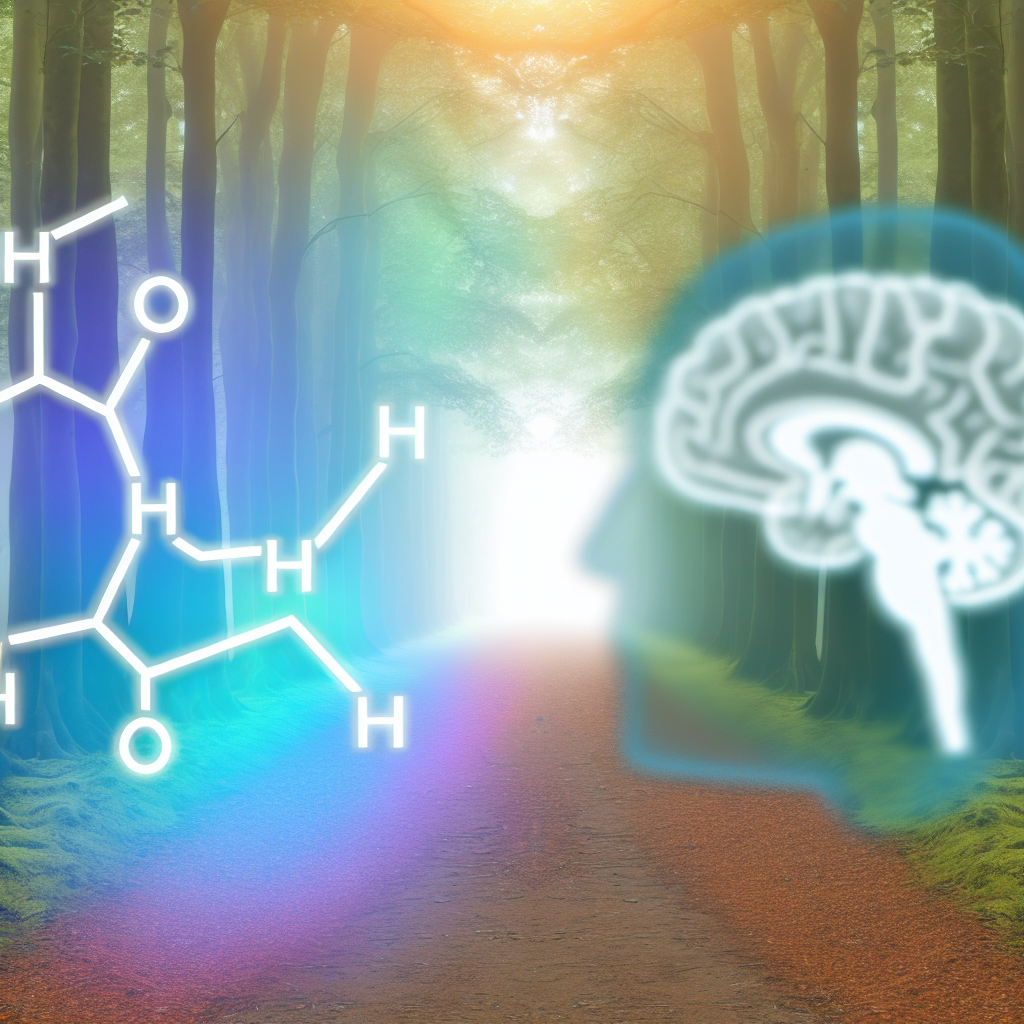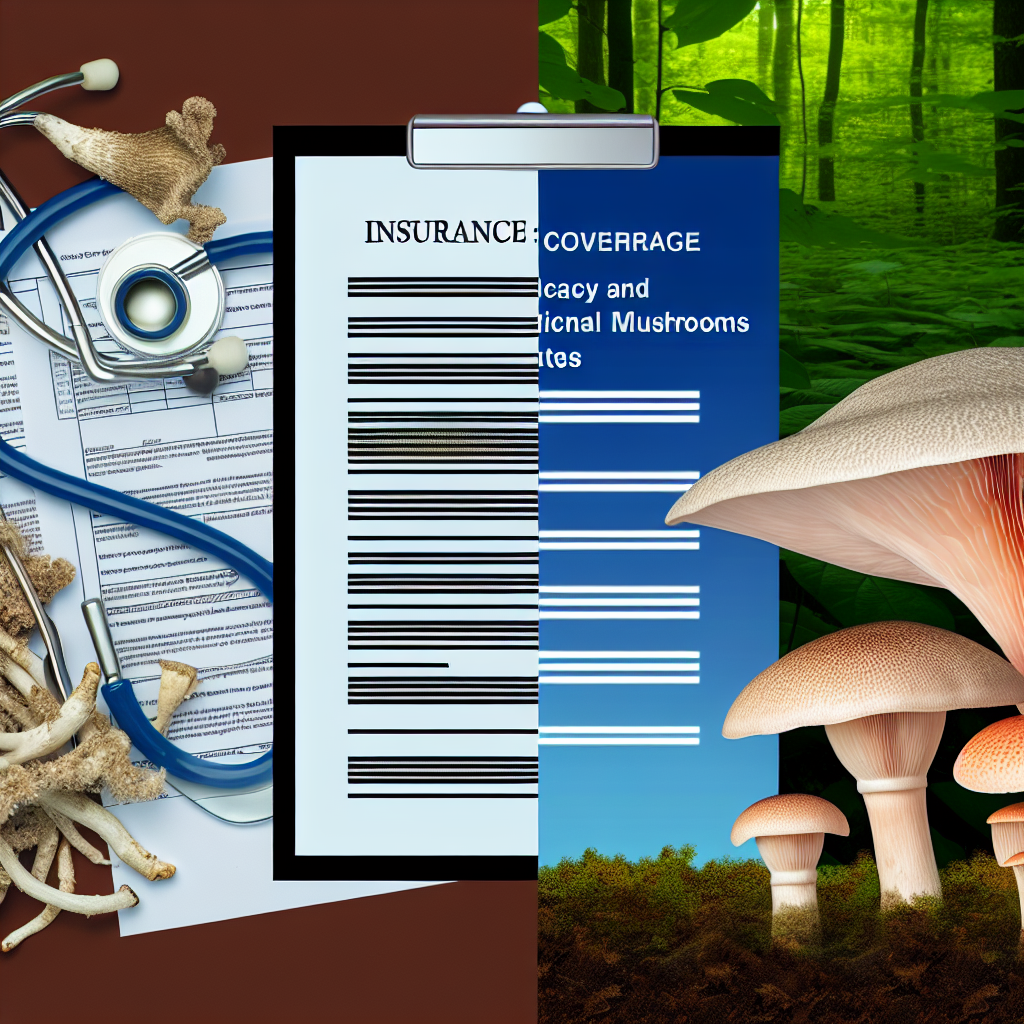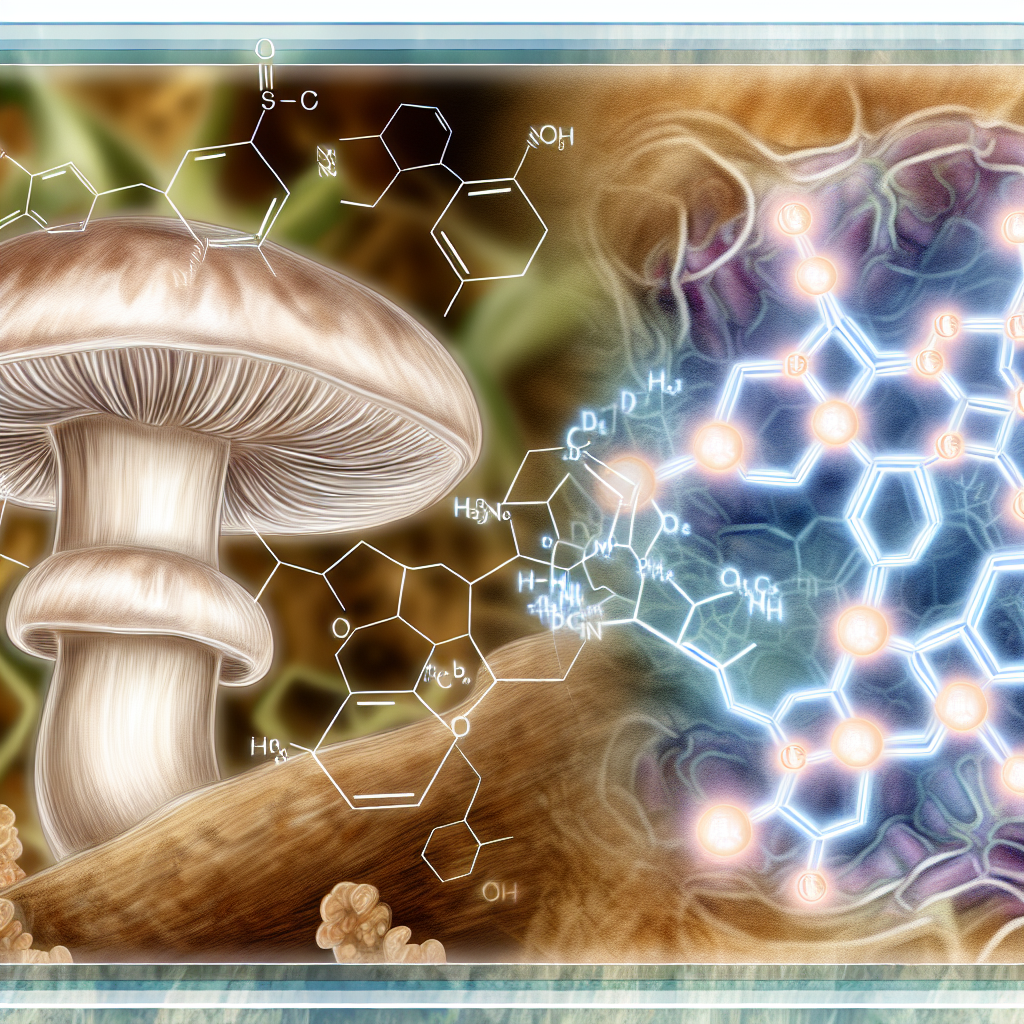Liberty Cap Identification and Foraging Safety Complete Guide
Introduction
In recent years, interest in psilocybin mushrooms has risen rapidly in both wellness and scientific communities. Among the most recognizable is the Liberty Cap (*Psilocybe semilanceata*), a potent psychedelic mushroom native to temperate climates and commonly found in grassy, livestock-grazed areas. Famous for its wavy-stemmed form and conical cap, it is rich in psilocybin, a naturally occurring compound gaining renewed study for mental health treatments.
With current research emphasizing its benefits for disorders like depression, PTSD, and addiction, so too grows the importance of proper identification and responsible use. Foraging is often how beginners first encounter these mushrooms. However, even seasoned mushroom hunters caution the serious risks of misidentification, including fatalities.
This guide provides a comprehensive, medically informed approach to identifying the Liberty Cap mushroom, highlighting safety tips, ethical foraging practices, and legal considerations. Whether you’re interested in psilocybin for healing, research, or personal exploration, this practical guide from shroomfan.com offers the tools to safely navigate this fascinating natural remedy.
Medical Studies and Professional Findings
Liberty Caps contain one of the highest concentrations of psilocybin among naturally occurring mushrooms. Clinical studies have highlighted psilocybin’s promise as a breakthrough treatment. A 2016 study from Johns Hopkins University—a landmark in psychedelic research—demonstrated that a single guided dose could substantially reduce depression and anxiety in patients with terminal cancer ([Griffiths et al., 2016](https://journals.sagepub.com/doi/10.1177/0269881116675513)).
Furthermore, chemical analysis from Gartz (1994) found that Liberty Caps average between 1.0–2.5% psilocybin by dry weight—comparable to synthetically prepared psilocybin used in labs. This high potency makes precision in identification and dosing critical.
In trials such as the randomized comparison of psilocybin versus escitalopram (an SSRI), psilocybin showed similar efficacy in reducing depressive symptoms but with fewer side effects ([Carhart-Harris et al., 2021](https://www.nejm.org/doi/full/10.1056/NEJMoa2032994)). As these studies unfold, modern psychiatry is beginning to embrace psilocybin therapy as a legitimate complement—or alternative—to standard pharmaceuticals.
However, studies consistently emphasize that therapeutic outcomes are best realized under supervised, clinical conditions—not in unsupervised foraging or recreational settings. Accurate identification is essential, especially since deadly lookalikes—such as Galerina marginata and Inocybe spp.—can result in fatal poisoning.
Liberty Caps are also known for their resilience. They thrive in cool, wet grasslands and often survive early frost cycles. This means they can be found from late September to December in optimal foraging zones, contributing to their appeal for both amateur and professional foragers.
Identification and Foraging Safety Tips
To avoid dangerous misidentification, carefully study the defining traits of Psilocybe semilanceata:
- Cap: Typically 5–25 mm wide, cone-shaped or bell-like with a pronounced nipple (umbo). Appears yellow-brown to olive when moist, fading to pale tan when dry. Transparent grooves (striae) are seen when wet.
- Gills: Closely spaced, initially pale grey but turn dark purple-brown as spores mature. Attached to the stem but not descending.
- Stem: Very slender (1–3 mm diameter), up to 7 cm long, and often slightly twisted or wavy. Exhibits a bluish bruising reaction when handled (a sign of psilocybin).
- Spore Print: Dark purplish-brown—a critical differentiator from toxic species.
- Habitat: Appears in uncultivated grass fields and pastures (especially where sheep graze), but notably does not grow directly on dung.
Field guides with illustrations are indispensable for learning these visual cues. Better yet, forage alongside an experienced mycologist until confident. Protect your health: some poisonous varieties like Galerina marginata may closely resemble Liberty Caps and can cause fatal liver damage.
Safety Protocols
- Use a paper bag (not plastic) to carry mushrooms and avoid moisture accumulation.
- Dry and examine mushrooms thoroughly before consumption; never eat fresh wild mushrooms untested.
- Microdose first to monitor reactions, even if positive identification has been made.
- Respect laws. Confirm the legality of psilocybin-containing mushrooms in your country, state, or province.
- Ethical foraging: Don’t overharvest. Recycle spore prints, avoid damaging mycelium, and only forage in unrestricted areas with permission.
Understanding mushroom ecology ensures both a safer trip and the preservation of these powerful natural resources. Be cautious, respectful, and informed.
Conclusion
Liberty Caps offer more than just psychedelic fascination—they’re part of a growing movement integrating nature and medicine. Backed by clinical studies and centuries of traditional use, they’ve emerged as promising therapeutic agents in treating mental health. But their benefits come with natural risks.
Foragers must not only attain clear knowledge of identification but also adhere to safety and respect legal frameworks. Whether your interest lies in natural healing, mental exploration, or scientific study, Liberty Caps are best approached with reverence, responsibility, and real expertise.
This guide equips you not just to identify Liberty Caps, but to engage with them in a way that honors both personal safety and environmental stewardship.
References
- Griffiths, R.R., Johnson, M.W., Carducci, M.A., et al. (2016). Psilocybin reduces depression and anxiety in terminal cancer patients. Journal of Psychopharmacology.
- Carhart-Harris, R., Giribaldi, B., Watts, R., et al. (2021). Trial comparison: psilocybin vs. escitalopram antidepressant. The New England Journal of Medicine.
- Gartz, J. (1994). Natural psilocybin content in wild *Psilocybe semilanceata*. Annali dei Musei Civici.
- Stamets, P. (2005). Psilocybin Mushrooms of the World. Ten Speed Press.
100-Word Summary
The Liberty Cap mushroom (*Psilocybe semilanceata*) is a potent, naturally occurring psychedelic valued for its high psilocybin content. This complete guide offers evidence-backed identification techniques and essential safety practices for ethical foraging. Armed with features like cap shape, spore color, and habitat knowledge, readers can differentiate Liberty Caps from toxic lookalikes. Supported by leading medical studies, Liberty Caps show promise in treating conditions like depression and anxiety. However, risks from misidentification and legal penalties mean proper education is vital. With this guide, users gain a responsible framework for exploring the healing power of psilocybin mushrooms within safe, legal boundaries.

Dominic E. is a passionate filmmaker navigating the exciting intersection of art and science. By day, he delves into the complexities of the human body as a full-time medical writer, meticulously translating intricate medical concepts into accessible and engaging narratives. By night, he explores the boundless realm of cinematic storytelling, crafting narratives that evoke emotion and challenge perspectives. Film Student and Full-time Medical Writer for ContentVendor.com
